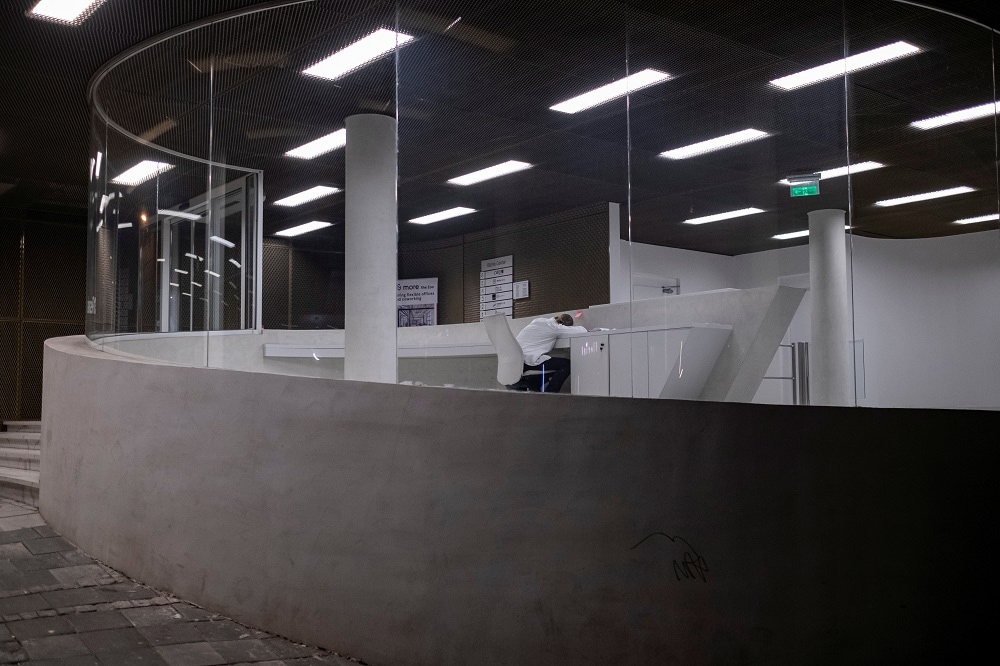Women’s Day: Hybrid work model an opportunity to promote equality, inclusiveness

KV Prasad Jun 13, 2022, 06:35 AM IST (Published)
 Listen to the Article (6 Minutes)
Listen to the Article (6 Minutes)
Summary
Koel Ghosh of S&P Dow Jones Indices believes that the shift to the new normal brought about by COVID, though detrimental in many ways, offers more opportunities to women.
There is always a need for more participation by women across the board, be it a family budget or the financial markets. Is it any different in the markets? It’s time to break the bias and encourage more women to consider investing.
How to make that possible? By way of more awareness and financial education.
That is a message from Koel Ghosh, Regional Head-South Asia for S&P Dow Jones Indices (S&P DJI), on International Women’s Day.
“There is often a bias associated with women and their abilities in managing money… The reservation is primarily driven by a lack of confidence and a negative stereotype questioning their capability to participate,” Ghosh said in an interview to CNBCTV18.com.
Her remarks come days after Madhabi Puri Buch took charge as Chairperson of SEBI, becoming the first woman to head the market regulator. Buch is also the first person from the private sector to head one of the most important institutions in the financial market.
According to Ghosh, the pandemic has been a litmus test when it comes to testing women’s resilience and multitasking abilities, and they have come out shining. However, a lot needs to be done when it comes to ensuring and promoting gender equality, she said. “There is scope to create a balance among industries to ensure even representation across organisations.”
“For some women, the pandemic was a challenge where they succumbed to the pressures of managing their personal front and could not continue their professional pursuits. These are areas that require attention and if organisations can facilitate support to such cases, there is more room for such professionals to grow… The world today is acknowledging and encouraging diversity and the opportunities thereby are limitless,” said Ghosh.
She believes that though the financial markets have witnessed few inspirational female role models, there still is plenty of room to accommodate and promote female leadership in this area.
Has COVID aided in breaking the stereotype?
The pandemic, in Ghosh’s view, has opened up the hybrid work environment, which she sees as a huge opportunity for women to avail themselves flexibility. It should also enable organisations to recruit and retain women in the workforce, she said.
Ghosh believes that the shift to the new normal brought about by the pandemic, though detrimental in many ways, offers more opportunities to women to continue their professional journey without setbacks.
“During the COVID crisis, the common feedback was that women were burdened with childcare and homecare duties… However, many organisations adopted supportive policies to tackle the situation in the new normal. The change in stance by many organisations promoted more confidence in the women workforce to continue with their careers,” she said.
She believes that now is a great time “just as any” for women to enter the financial world, which to her is no different.
“Women today need to ignore the negative stereotyping and focus on building skill and claiming the acknowledgement for the successful work done. Uplifting other colleagues along the way ensures building more confidence that influences others and breaks all biases,” said Ghosh, who educates and advocates for passive investing — a style of investing for long-term investors.
Recent times like any crisis create uncertainty in financial markets, Ghosh said. “India experienced a significant shift from being almost a purely active market, with minimal concentrated passive interest, to a boom in passive assets and the number of passive products,” she said.
Indian equity benchmarks are currently about 14 percent below their all-time highs, clocked in October 2021. This is at a time when heightened geopolitical uncertainty, fuelled by the Russia-Ukraine war, and rising crude oil rates have rattled global financial markets. Concerns about faster-and-more-aggressive hikes in key rates from pandemic lows amid stretched equity valuations had already hurt investor sentiment.
A CA, Ghosh has played many roles within the financial services space. She joined S&P DJI in 2009, having begun her career in the mutual fund industry in 2002.

Elon Musk forms several ‘X Holdings’ companies to fund potential Twitter buyout
3 Mins Read
Thursday’s filing dispelled some doubts, though Musk still has work to do. He and his advisers will spend the coming days vetting potential investors for the equity portion of his offer, according to people familiar with the matter

KV Prasad Journo follow politics, process in Parliament and US Congress. Former Congressional APSA-Fulbright Fellow










 Listen to the Article
Listen to the Article  Daily Newsletter
Daily Newsletter






























